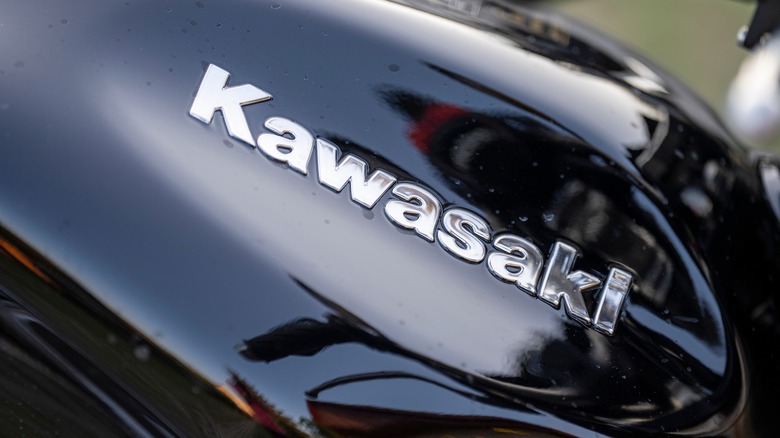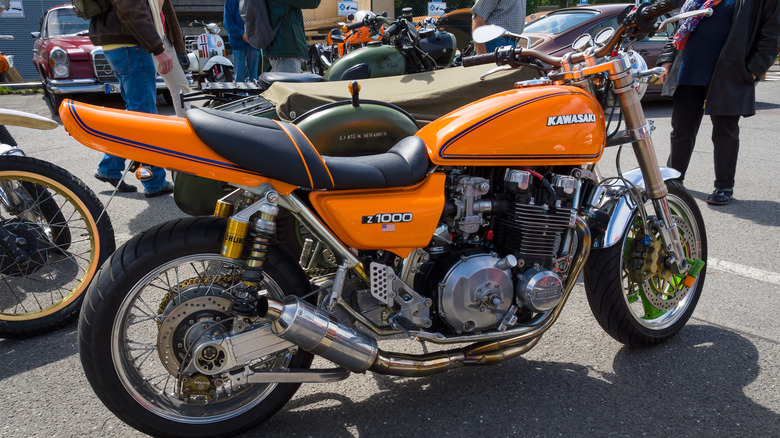What Year Did Kawasaki Start Using Fuel Injection On Motorcycles?
Kawasaki has made some eye-catching motorcycles since it started manufacturing them in 1962. At this time, motorcycles used carburetors to get their necessary fuel to air ratio. However, a short seven years later, the German engineering and electronics company Bosch created the first fuel-injection motorcycle. It was called the Munch Mammoth, and it would eventually change the motorcycle landscape forever. Motorcycle companies didn't immediately adopt this new technology into their bikes, though, and the Munch Mammoth's cost was discouraging to buyers.
There was and has been much debate between the pros and cons of fuel injection versus carburetors, but emissions regulations forced the hands of Kawasaki and other manufacturers. 1970 saw the introduction of the Clean Air Act by President Richard Nixon, forcing the automotive industry to reconsider certain design elements of their vehicles. Thanks to Bosch's achievement in 1969, motorcycle companies had a blueprint. Kawasaki's first electronic fuel-injected motorcycle came about in the 1980 model year, over a decade after the Munch Mammoth.
Kawasaki wasn't the only brand developing fuel-injected bikes in the '80s, as Honda and Suzuki also jumped onto the bandwagon. Electronic fuel injection provided a more accurate method to control fuel delivery in the engine, with the rapid advancement of computers in the '80s, the system only grew more precise and Kawasaki took full advantage. So, which motorcycle was Kawasaki's first to have an electronic fuel-injected delivery system?
Kawasaki 1980 Z1000
Kawasaki introducing a heavy cruiser with an electronic fuel-injection system was a huge shake-up, according to Cycle World's September 1980 issue. The publication called it the "Death knell for home maintenance and roadside repairs." There's some truth to that statement, since carburetors at the time were significantly easier to tinker with than fuel injectors, but it wasn't going to kill the industry by any means. In fact, motorcycle popularity has only increased in the decades since.
The 1980 Z1000G-1 Classic was an exciting step forward for motorcycles at the time, albeit it slightly more expensive for consumers. The fuel-injected version of the Z1000 was $500 more expensive than the old carburetor model, with a price tag of $4,199. That much money in the '80s wasn't an insignificant amount (around $16,000 today). Its onboard computer and fuel-injection system added a pound to the bike, which might have counted against it in the eyes of enthusiasts.
Its four stroke, transverse four-cylinder engine produced 93 horsepower at 8,000 RPM with a top speed of 127 MPH. It had a 3.6 gallon tank, which is .2 gallons more than the 2024 Kawasaki Eliminator, and could get anywhere between 34 and 42 miles per gallon, depending on speed. At best, the bike could travel a maximum range of 151 miles. Kawasaki went on to break speed records in 1990 with the ZX-11 sports bike that reached a terminal velocity of 174 MPH, thanks to its electronic fuel-injection technology.

